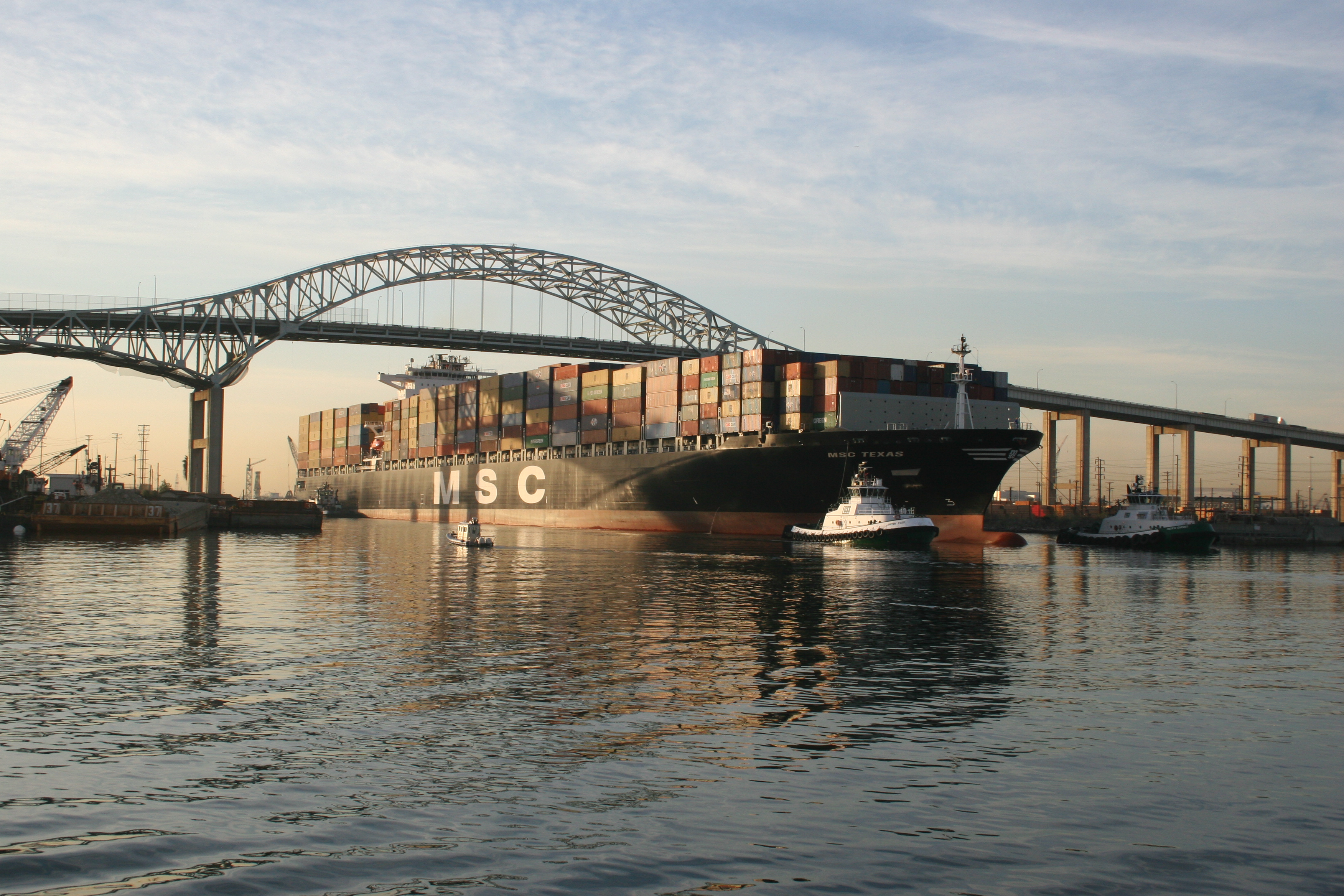1.

The Port of South Louisiana, which spans more than 50 miles along the Mississippi River, is the largest port in the Western Hemisphere. Information from which program is used to guide ships safely to and from the port?

How much do you know about Earth and Earth-observing systems?
Take the quiz to find out.

The Port of South Louisiana, which spans more than 50 miles along the Mississippi River, is the largest port in the Western Hemisphere. Information from which program is used to guide ships safely to and from the port?
